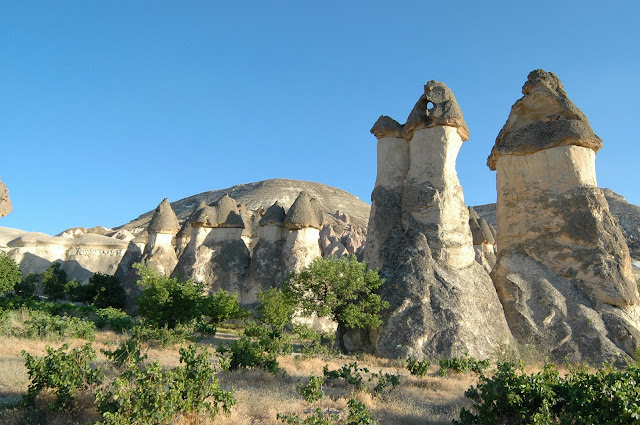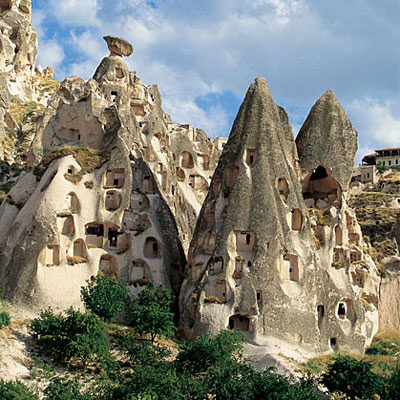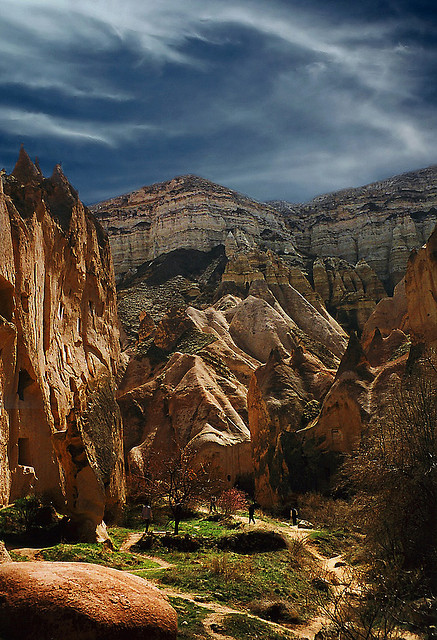Cappadocia is the ancient name of a large region in the center of Anatolia, although when we speak of Cappadocia today we refer specifically to the valleys of Goreme and Urgup, with their natural pinnacles and rock churches. In this survey of Cappadocia’s historical geography, the region will be examined in its entirety.
Ancient Anatolia or Asia Minor, the large peninsula where modern Turkey is located, consists of several regions. One of the most important was Cappadocia. Originally this region encompassed today’s provinces of Kirsehir, Nevsehir, Aksaray, Nigde, Kayseri, Malatya, the eastern part of Ankara, the southern parts of Yozgat and Sivas, and the northern part of Adana.
Cappadocia was neighbor to the Commagene to the southeast, Armenia to the east, Galatia to the northwest, Pontus to the north, Cilicia to the south, and Phrygia and Lycaonia to the west. According to the geographer Strabo (STRABO 539), who was born in Amasya and lived about 63 BC, Cappadocia measured 1800 stadia ( 332 kilometers ) north to south, from Pontus to the Taurus mountains, and 3000 stadia ( 552 kilometers ) west to east from Lycaonia and Phrygia to the Euphrates. In other words, the region was demarcated geographically by the Black Sea to the north, the Taurus Mountains to the south, the Kizilirmak River to the west and the Euphrates to the east. The Tatta (Tuz Golu, Salt Lake) to the southwest marked the border between Phrygia and Lycaonia.
ASIKLI HOYUK ACERAMIC NEOLITHIC PHASE. 5900 – 3200 BC.
The best representative of the Aceramic Neolithic culture in the region is Asikli Hoyuk, in which excavations have been conducted since 1989. Asikli is a medium-sized settlement on the banks of the Melendiz River, which emerges from the slopes between the Hasan Dagi and Mt. Melendiz and makes its way northwest where carving out the famous canyon-shaped Ihlara Valley. At the present day, Asikli and its vicinity enjoy a continental climate. The economy of the region is based mainly on the cultivation of cereal crops, market gardening, viniculture and dairy products.
CAPPADOCIAN TABLETS OF KULTEPE / MOUND OF ASHES 1900 B.C.
The settlement mound here, known as Kultepe, is one of the largest in Central Anatolia, measuring 550 * 450 meters and 20 meters in height. The first excavation of Kultepe mound was carried out by the French scholar E. Chantre, using the methods of his time. This was followed by the excavations made in 1906 and 1925. Apart from 1952, these excavations have continued every summer up to the present day, and until 1980 were financed by Turkish Historical Society. The exciting finds uncovered here have thrown remarkable light on ancient Anatolian History and have been one of the focal points of world archaeological literature ever since.
PERIOD OF THE ASSYRIAN COLONIES 1900 B.C
Mesopotamia exerted economic and political power over central Anatolia before the arrival of the Assyrians. During the third millennium BC the Arkadian King Sargon from Mesopotamia advanced into the heart of Anatolia to protect merchants from his country.
The beginning of the second millennium was a prosperous time for Anatolia. The Assyrians had learned of this region's riches and subsequently established trade centers called karums, meaning "port" or administrative center. Eventually at least thirteen karums were established as part of the Assyrians' extensive network of commercial activities, which spread from the Aegean Sea to the Indus valley. Trade between the people of Anatolia and the Assyrian merchants continued for about 150 years. The "Cappadocian tablets" reveal that the Assyrians were experienced traders who maintained daily business correspondence with their capital, Asur. Other documents such as trade agreements, receipts, wills, and marriage contracts were also found among the clay tablets.
Kultepe, known in ancient times as Kanesh, was the most important karum. Before the karum was fully developed houses identical in plan to those later built in the karum were built on the eastern edges of Kanesh.
The karum was a separate town outside and below the walled city itself, which overlooked it from its hilltop site. Two archaeological levels (Kanesh karum I b and II) have been found in this densely occupied site. They have been subjected to close scientific examination, with the result that the architecture, materials and fittings of these houses are known in detail. The second level of the karum covered a wide area and consisted of building complexes closely spaced together.
THE HITTITES 18th to 12th CENTURIES B.C.
The entry of the Hittites into the sphere of scholarship and archaeological literature dates from the late nineteenth century when the Akkadian tablets at Tel-el-Amar in Egypt were deciphered, and when A.H. Sayce set about deciphering the pictographic inscriptions on stone discovered at Hama in Syria and identified them as the work of the Hittites, before the existence of Hittite remains in Anatolia was even guessed at Scholars and travelers extended their searches and discovered similar pictographic inscriptions. They made a deep impression on Cappadocia to whose ancient history knowing Hittite civilization and art is the key. The fascinating culture of the Hittites is at least as colorful as the rock churches of Cappadocia.
TABAL KINGDOM 11th CENTURY B.C.
In the mid-eight century BC the name Tabal begins to occur more frequently in Assyrian documents. The Tabalian rulers evidently tried to resist the Assyrians, but with little success. The exact extent of the powerful Tabalian kingdom which the Assyrians of the reign of Sargon II knew is unknown. Its inscriptions are largely located near Kayseri and Nevsehir, the most famous being the Sivasa, Topada, Kululu and Sultanhani inscriptions.
PERSIANS IN CAPPADOCIA 6th to 4th CENTURIES B.C.
Unlike Lycia, Lydia and many of the other ancient countries of Anatolia, Cappadocia was not named after a people. The name is thought to have derived from the ancient Persian word tukha or dukha, and to mean the Land of Beautiful Horses. The form Katpatuka appears in an inscription listing the countries which paid tribute to Persia under Darius I (522 – 486 BC) carved on the Behistun cliffs at the end of the sixth century BC. The horses of Cappadocia were indeed famous, and the both Assyrians and Persian empires received horses and mules in tribute from here.
ALEXANDER THE GREAT IN CAPPADOCIA MID-4th CENTURY B.C.
In the course of his campaign against the Persians, Alexander the Great advanced from Ankyra towards Cappadocia and, after conquering the territory south of the Halys (Kizilirmak), he appointed a Persian by the name of Sabiktas satrap of Cappadocia. After the death of Ariarathes, Cappadocia was ruled for some twenty years by Macedonian satraps. When, soon after this, Antigonus was defeated in the battle of Ipsus (301 BC), his territories in Asia Minor became subject to Lysimachus, but in a battle fought at Curupedion ( 281 BC ) the 80 year old Lysimachus was defeated by the 77 year old Seleucus Nicator, thus ending the Macedonnian rule in Cappadocia and establishing the Seleucid rule..
INDEPENDENT KINGDOM OF CAPPADOCIA 4th CENTURY B.C. to A.D. 17
After the death of Alexander an independent Cappadocian kingdom was established. During this period the history of the region was turbulent and characterized by numerous intrigues. The Ariarathes dynasty traditionally sought political alliances through marriages between powerful families and provincial kings. Cappadocia became a battleground for local power struggles as well as conflicts between the kingdom of Pontus (Black Sea) and the Roman Empire.
This period in the history of the Cappadocian kingdom was marked by a confused struggle power. The death of Ariarathes VIII left two candidates for the throne. One was Mithridates’ candidate. When Mithritade resorted to force to place his own candidate on the throne this aroused great discontent among the people of Cappadocia whereupon the Roman Senate intervened in opposition to both candidates, declaring that the administration of Cappadocia should be placed in the hands of the people. The struggle for political dominance in the region continued until Cappadocia became a Roman province in A.D. 17.
ROMANS IN CAPPADOCIA A.D. 17 to 4th CENTURY
In 20 BC Augustus transferred Armenia minor and Rough Ciliciato Archelaus. According to Strabo, Archelaus spent most of his time on the island of Elaiussa (Ayas, Erdemli) in Rough Cilicia. Here he founded the city of Elaiussa, which allowed him to use the epithet “Ktistes” (founder) on his coins. As an expression of his gratitude to Augustus he changed the name of the city to Sebaste, the Greek form of Augustus which possessed the additional meaning of “sacred”. Archelaus also founded a city bearing his own name (Archelais) (after the conversion of Cappadocia into a province Claudius transformed this city into a Roman colony). On the king’s death very shortly afterwards the kingdom of Cappadocia was officially transformed into a Roman province (Provincia Cappadocia) (17 AD). On assuming the status of a Roman province, Cappadocia began to be ruled by a governor (procurator) chosen from the Equestrian order.
After over three centuries of Roman rule over Cappadocia the region was inherited by the Eastern Roman Empire, which came into being with the partition of the empire in 395. Constantinus I (Constantine the Great) had declared Byzantium to be the eastern capital in 330, and the Western imperial line ended in 476, leaving the Eastern Roman Empire to outlive the West by nearly thousands years. This was what came to be known in modern times at the Byzantine Empire.
BYZANTINE PERIOD 4th to 15th CENTURIES
In 363 the Persians took the region east of the Euphrates, and in the fifth century incursions by the Huns and Isaurians caused havoc. Under the emperors Anastasius and Justinian walls were constructed around many towns in the region and existing walls repaired. Caesarea was completely rebuilt and the fortified cities of Mokissos and Kamuliani were founded, so creating a formidable defense system.
The Byzantine emperors and the local inhabitants decided to take measures against sudden attacks and thus devised a system of defense comprised of several elements: governing by "themes" an "optic warning system”, the construction of additional forts, a good network of military and trade roads, and underground cities.
The system of governing by "themes" provided for the distribution of land to generals, who were directly responsible to the emperor for protecting each "theme," one of which was Cappadocia. The land remained under the control of a general who could act independently with regard to recruiting, commanding, and choosing appropriate defensive strategy. The "optic warning system" was established by placing fires and lanterns on the tops of designated hills and mountains in the provinces. This system relayed messages all the way to the Great Lighthouse in Constantinople so that the capital would be informed about the exact moment of the enemy's attack. Many forts, castles, and watchtowers were placed at strategic positions such as passes and sources of water, and also linked the main towns. In addition to these defensive measures, the local inhabitants carved underground cities for their protection.
SELJUK'S IN CAPPADOCIA 9th to 13th CENTURIES
From the 9th century Anatolia witnessed the arrival of nomadic Turkish tribes from Central Asia, which originated in the Ural-Altai region and dispersed over vast areas from China to Europe.
Byzantines in the region, and relative security prevailed for the next fifty years during the period of Konstantinos Porphyrogennetos (945 – 959) and Konstantinos Doukas (900 – 1070). The overthrow of the iconoclasts with the help of the Cappadocian monasteries, which defended their icons with fierce desperation, played its part in maintaining peace. From the second half of the ninth century until 1071, Byzantine Cappadocia enjoyed a golden age, and most of the churches and frescoes of the region are from this period.
Then came the Seljuk Turks, pressing westwards from their empire in Iran. In 1057 the Turks attacked Malatya, and in 1059 Sivas, razing both cities. When they razed Kayseri in 1067 the Byzantine emperor Romanus the 4th made a last bid to save Cappadocia. In 1071 he arrived at the head of a huge army and marched eastwards to confront the Seljuk army at Malazgirt that same year. The Byzantines were defeated with heavy losses, and Cappadocia overrun by the Turks, never to be regained.
In 1071 during the battle of Malazgirt, which occurred in the eastern part of modern-day Turkey, the Selcuk leader Alp Arslan defeated the Byzantines, and thereafter the Selcuks gained undisputed control of Anatolian soil. The Seljuk Turks soon established their own centers of learning.
During the 11th century the Seljuks chose Iznik as their first capital but later moved to Konya after the Crusaders captured Iznik and gave the city to the Byzantines. During the next centuries Anatolia became a battleground for Seljuks, Crusaders on their way to the Holy Lands, and Byzantine armies.
During the reigns of Keyhusrev and Aladdin Keykubad in the 13th century, the Seljuks enjoyed a golden-age during which they reached both the Mediterranean and Black Seas where they built shipyards. They also constructed magnificent caravanserais, medreses (schools), and mosques throughout the empire. By the mid-13th century the Mongols started attacking various parts of the empire, and eventually they invaded all of Anatolia. Kayseri was captured and looted by the Mongols, under whose domination the Seljuks remained until 1302.
The Seljuk Empire was the first Turkish empire established on Anatolian soil. Although its rise and fall occurred in less than two centuries, this empire laid the foundations of Ottoman culture and art. The Seljuks brought with them unmistakable influences of the nomadic cultures of Central Asia and enriched and enhanced the history of central Anatolia.
Source : cappadocia exclusive



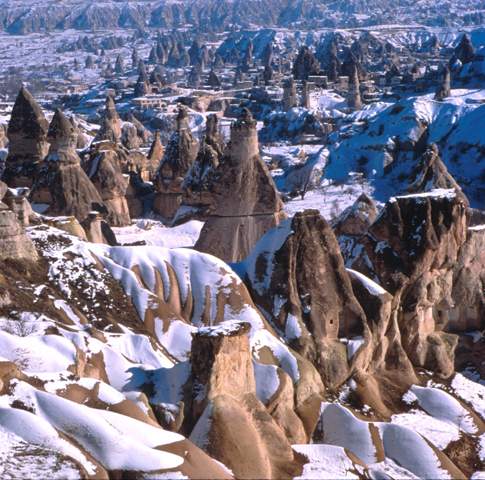

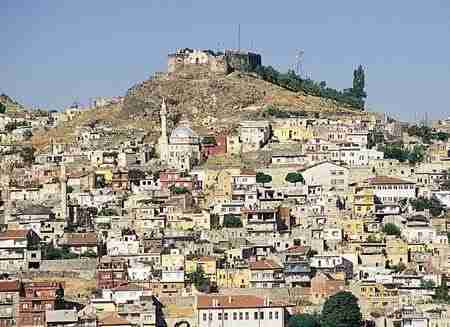



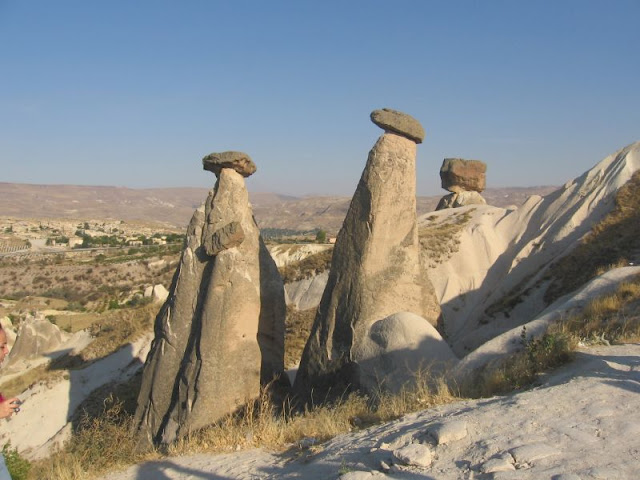




.jpg)
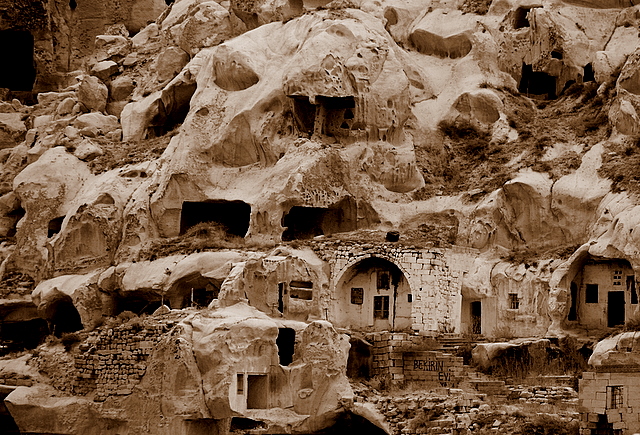


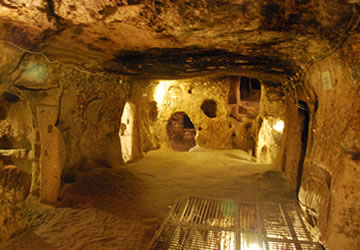


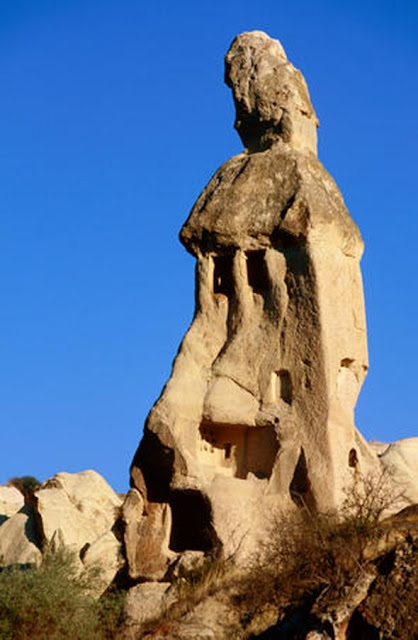





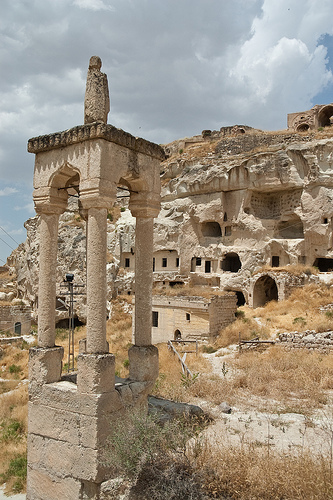





.jpg)
.jpg)

